Complete Solutions to Multiple Answer of chapter COLLISION of Class 11 book with complete answers and questions
| Class 11 | PHYSICS |
| Chapter | COLLISION |
| NARAYANA | Multiple Answer |
| Number Of Questions | 11 |
| Academic Year | 2023-24 |
Two point masses are connected by a light intextensible string are lying on a frictionless surface as shown in figure. An impulse of magnitude `10 kg-m//s` is given to `5 kg` block.
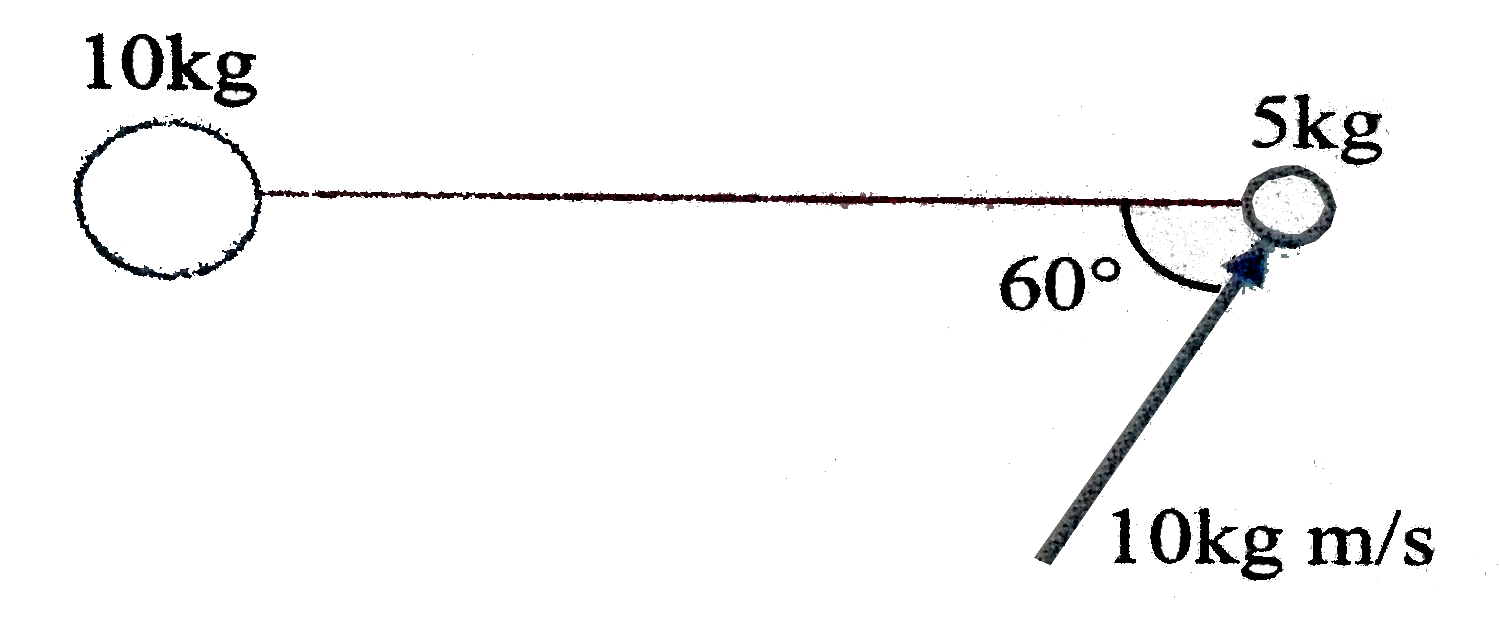
View SolutionA body moving towards a finite body at rest collides with it. It is possible that
View SolutionA ball of mass `m_(1)`, collides elastically and head on with ball of mass `m_(2)` at rest. Then
View SolutionTwo blocks A and B, each of mass m, are connected by a masslesss spring of natural length L and spring constant K. The blocks are initially resting on a smooth horizontal floor with the spring at its natural length, as shown in fig. A third identical block C, also of mass m, moves on the floor with a speed v along the line joining A and B, and collides elastically with A. Then
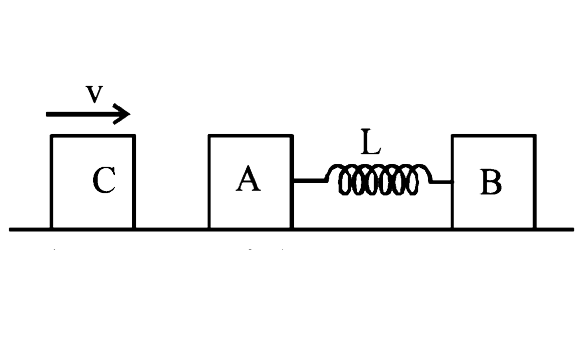
View SolutionThe balls, having linear momenta `vecp_1=vecpi and vecp_2_2=-vecpi`, undergo a collision in free space. There is no external force acting on the balls. Let `vecp'_1 and vec p'_2` be their final momenta.The following option (s) is (are) NOT ALLOWED for any non-zero value of `p, a_1, a_2, b_1, b_2, c_1 and c_2`.
View SolutionIf the resultant of all the external forces acting on a system of particles is zero. Then from an inertial frame, one can surely say that
View SolutionA pendulum bob of mass `m` connected to the end of material string of length `l` is released from rest from horizontal position as shown in the figure. At the lowest point the bob makes an elastic collision with a stationary block of mass `5m`, which is kept on a frictionless surface. Choose out the correct statement(s) for the instant just after the impact.
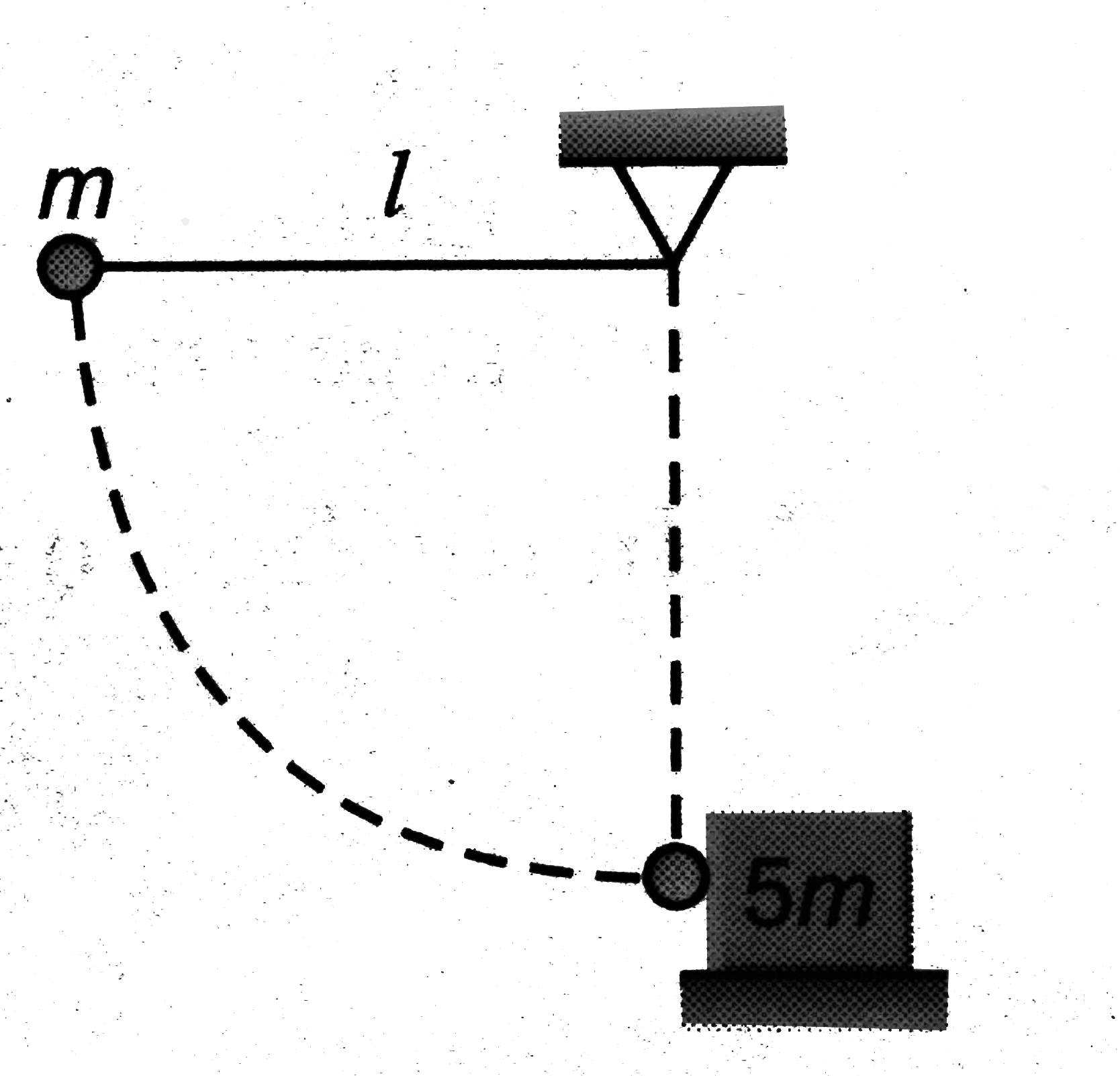
View SolutionTwo equal spheres of mass `m` are in contact on a smooth horizontal table. A third identical sphere impinges symmetrically on them and reduces to rest. Then:
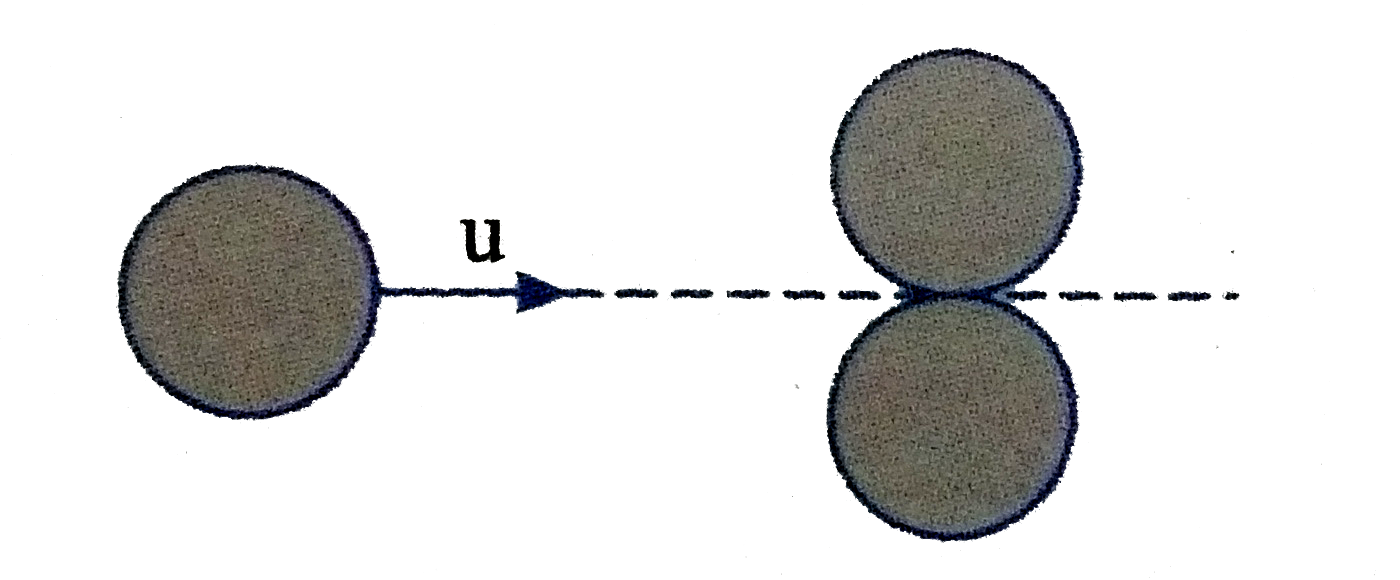
View SolutionA particle `(A)` of mass `m_(1)` elastically collides with another stationary particle `(B)` of mass `m_(2)`. Then :
View SolutionA particle is to be projected horizontally with velocity `v` from a point `P`, which is `60 m` above the foot of a plane inclined at angle `45^(@)` with horizontal as shown in figure. The particle hits the plane perpendicularly at `A`. After rebound from inlined plane it again hits at `B`. If coefficient of restitution between particles and plane is `(1)/(sqrt(2))` then,
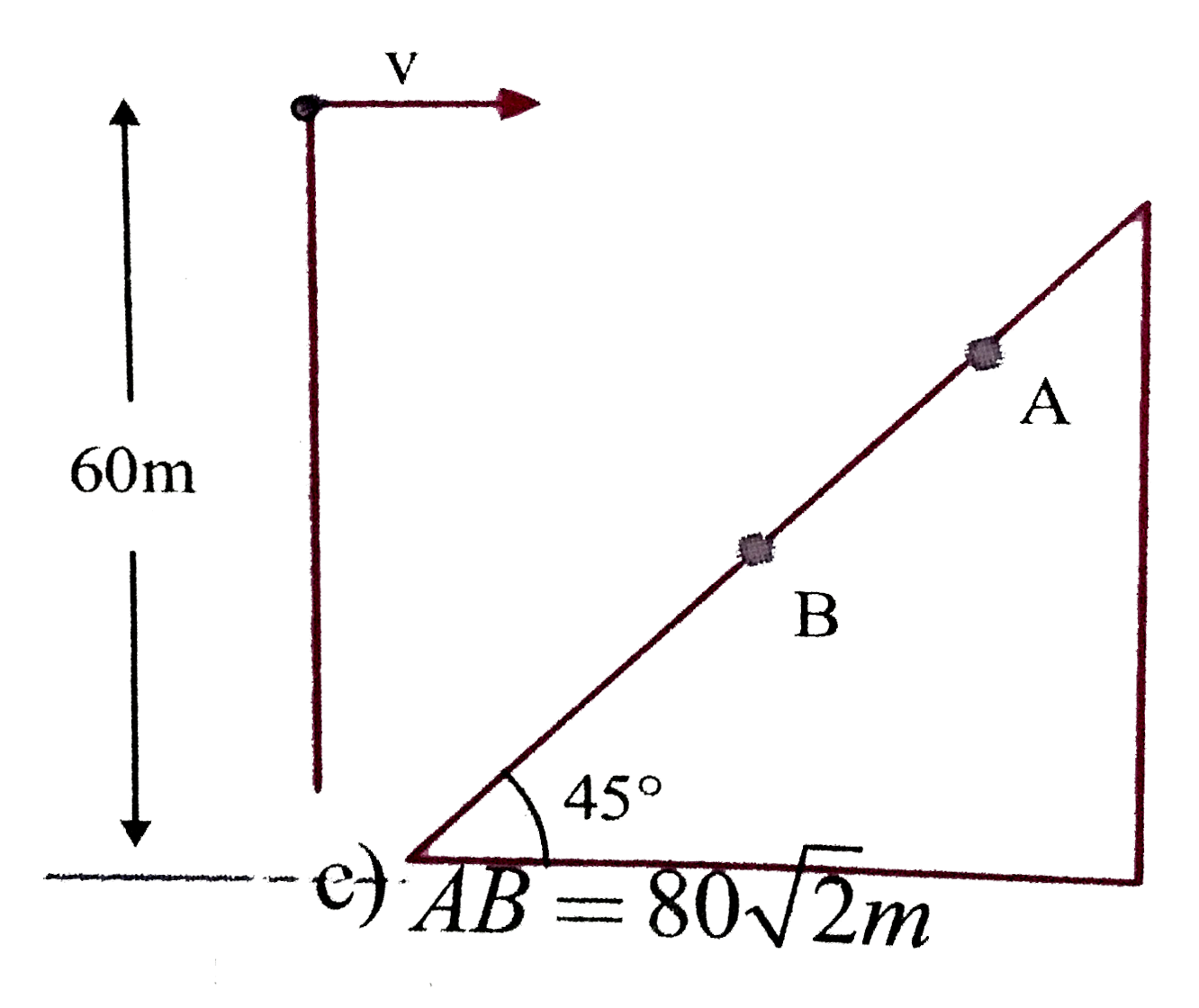
View SolutionA body of mass `m` moving with a velocity `v` in the `x` direction collides with another body of mass `M` moving in `y` direction with a velocity `V`. They coalesce into one body during collision.
View Solution
Multiple Answer questions and complete solutions for chapter COLLISION of NARAYANA PHYSICS (HINGLISH) of Class 11